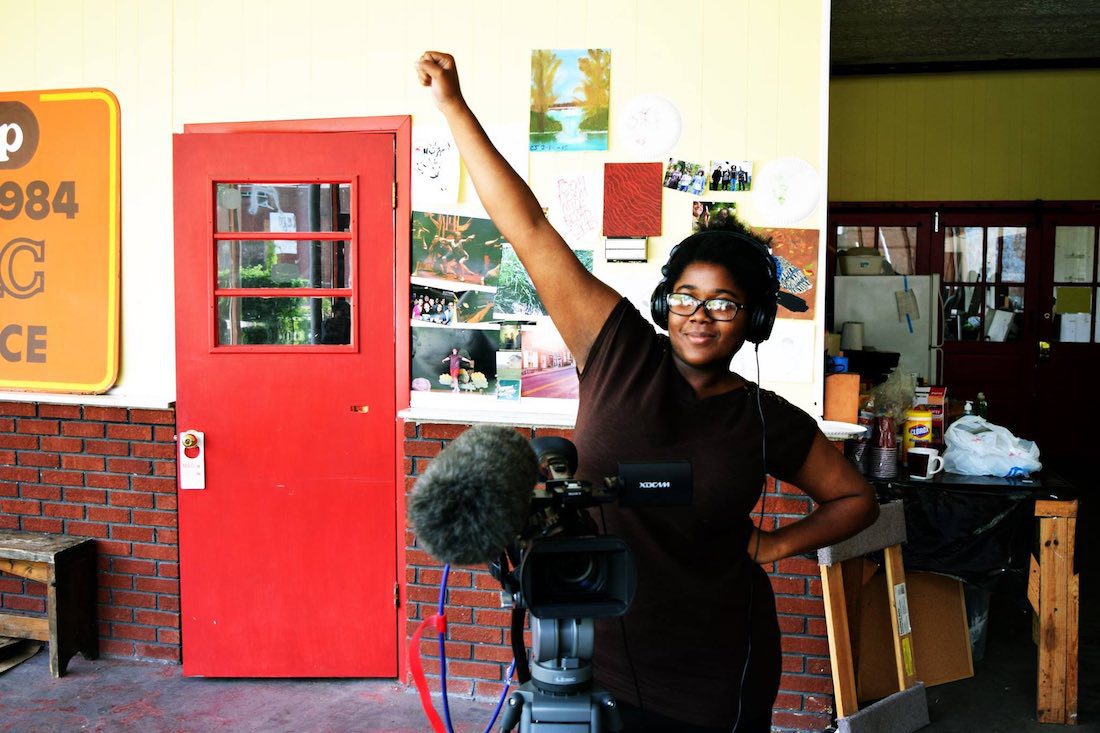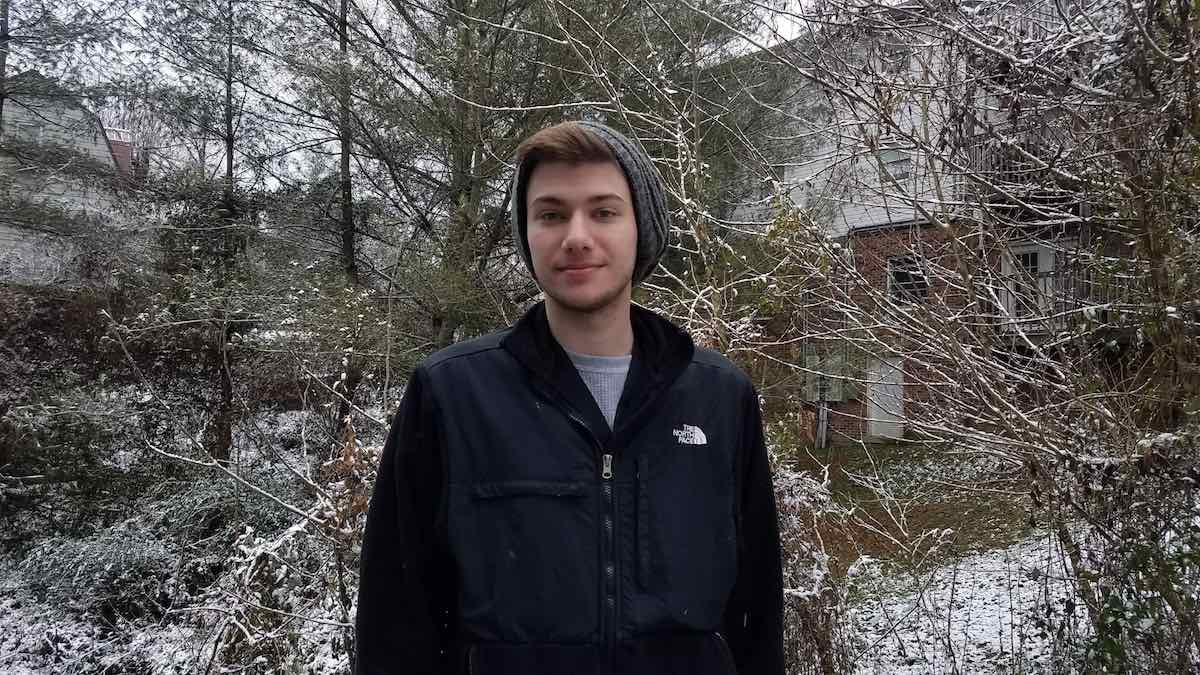 (Teen Nicholas Sandmann and Native American elder Nathan Phillips come face to face in Washington, D.C. in the video that sparked a national controversy. (Photo: Kaya Taitano/Instagram))
(Teen Nicholas Sandmann and Native American elder Nathan Phillips come face to face in Washington, D.C. in the video that sparked a national controversy. (Photo: Kaya Taitano/Instagram))
by Caitlin Cummings
My social feeds went crazy this weekend over the viral video of a tense moment between some white Kentucky teens and a Native American man.
Watching teen Nick Sandmann standing directly in front of Native American elder Nathan Phillips’ face, smiling blankly…it’s uncomfortable.
Because I live in Kentucky, it’s even more uncomfortable. Racism is a problem America is facing, not just Kentuckians.
But most of the media coverage showed the teens from Covington Catholic High School — a few hours from where I live — acting horrible. Provoked or not, they were shown as racist and disrespectful.
Kentucky has always faced stereotyped portrayals of our culture and people. How the Covington teens reacted and behaved, only reinforced those stereotypes.
That’s not the Kentucky I was raised in. I was raised to treat everyone equally.
The Kentucky where I grew up includes memories that are nothing like that viral video. Memories of my parents taking me to my gay uncle to get my haircut and him telling me to always love everyone. Memories of me and my gay best friend staying up at night watching documentaries about drag queens and doing makeup on one another. Memories of meditating in the woods with my friends, asking for a better world.
To see such hate spewed from people that are in the same state as me is really difficult, because that’s just one picture of the place I live.
While the country is a having a conversation about politics, race and left vs. right, here’s the conversation happening where I live.

Kyra Higgins, 20, Redfox, Kentucky
Watching that video I felt anger and humiliation. There was such blatant disrespect and ignorance. This is Kentucky’s representation in the media. That is what people see as our legacy. I have conversations with people from different areas of Kentucky sharing the same sentiment as I do from all walks of life: young, old, African-American, white, Latino, working class, education professionals, organization leaders, college students and high school students. I wish that was recognized more and highlighted more. I cannot say there are not people like these [Covington Catholic High School] students young and old in Kentucky, but there are also people who live here doing good work that goes unnoticed. I often wonder what it would be like if people experienced Kentucky through the eyes of young people that I encounter daily, [who are] full of hope, curiosity about others, intelligence, kindness and depth.

Olivia Harp, 24, Hazard, Kentucky
Growing up in eastern Kentucky all my life, I have been subjected to many stereotypes. Most of the time I accept and appreciate my roots. Racist ignorant hillbilly is one I refuse to accept. That stereotype has created a stigma for many Appalachian people. People like Kim Davis and the Covington Catholic High School [teens] are not what we represent. Kentucky is going to gay bars and singing Dolly Parton at the top of your lungs…Kentucky is wanting to learn Spanish so you can talk to your cousin’s husband in his native tongue. Kentucky is not what the media has [portrayed] us to be.

Dustin Johnson, 19, Hazard, Kentucky
The hive mentality of this hateful, spiteful area is one of generational bias. Though we’re all human, no matter the race, sex, gender or nationality, there are people who still feel as if they should preach hate for their own selfishness. I believe in the fair and equal treatment of all. #StompOutHatred
This story was a collaboration with the Appalachian Media Institute